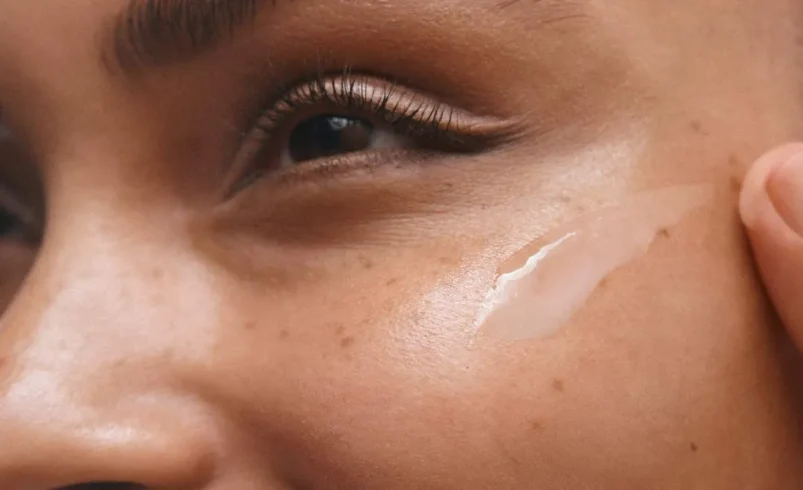A Dermatologist’s Guide to Using Dark Spot Correctors Safely

The first time you notice it, it’s almost nothing—a faint little freckle that wasn’t there last summer.
Then one day, the lighting’s just right (or wrong), and there it is: A dark, stubborn patch of pigment right on your cheek, forehead, or—worst case—above your lip pretending to be a mustache.
Cue the panic Googling. Cue the expensive creams. Cue the spiral.
Enter the dark spot corrector: the sleek little bottle that promises to erase years of sun damage, acne scars, and hormonal chaos. But how do you use it without irritating your skin—or wasting your money?
Let’s break it down like your dermatologist would.
First, What Even Is a Dark Spot?
Not all discoloration is created equal.
Dark spots—also called hyperpigmentation—are usually caused by:
- Sun exposure
- Hormonal shifts (hello, melasma)
- Post-acne inflammation
- Skin injuries or rashes
They show up when your skin produces too much melanin in one area. The result? Patches that range from faint tan to deep brown, and they often linger long after the cause is gone.
The Ingredients That Actually Work
There’s a sea of creams out there, and most of them talk a big game. But the real MVPs in a dark spot corrector are ingredients with science behind them.
Look for:
– Hydroquinone (2% or under for OTC)
Blocks melanin production. Effective—but can be irritating. Dermatologists often use it in short cycles.
– Vitamin C (Ascorbic Acid)
Brightens skin and evens tone. Also an antioxidant. Best in stable formulas.
– Niacinamide (Vitamin B3)
Reduces inflammation and improves skin barrier. A great sidekick ingredient for sensitive skin types.
– Retinol (Vitamin A Derivative)
Speeds up cell turnover. Works wonders over time but needs to be used with care.
– Azelaic Acid or Kojic Acid
Mild brighteners that target pigmentation without harsh bleaching. Great for sensitive skin.
Pro tip: A product that combines two or more of these? Even better. Just don’t go overboard.
How to Use a Dark Spot Corrector Without Destroying Your Skin
So you bought one. Now what?
Rule #1: Start slow.
Most correctors aren’t meant to be slathered on like moisturizer. They’re more like targeted strikes. Here’s the smart way to apply:
- Cleanse gently. No need to scrub your face into submission. Use a mild cleanser.
- Pat dry. Don’t rub. Be kind to your barrier.
- Apply a pea-sized amount to affected areas only.
- Follow with moisturizer. Hydration helps reduce potential irritation.
- SPF every morning. No excuses.
Why? Because treating dark spots without protecting your skin from UV exposure is like trying to put out a fire while pouring gasoline on it.
What to Expect (and When)
Let’s be clear: No corrector works overnight. Anyone promising “instant results” is selling you wishful thinking—or Photoshop.
Here’s a realistic timeline:
- Week 1–2: Your skin may adjust (some flaking, redness, or purging is normal with active ingredients like retinol).
- Week 4–6: Subtle fading begins. Spots may look softer or smaller.
- Week 8–12: More even tone overall. Dark spots visibly reduced if used consistently.
Bonus: most people notice a glow they didn’t expect. (Thank you, exfoliation and cell turnover.)
What Not to Do (Seriously, Don’t)
- Don’t mix every active ingredient under the sun.
Your skin barrier can’t handle 12 acids at once. - Don’t skip sunscreen.
One day unprotected can undo weeks of progress. - Don’t expect one bottle to erase a decade of sun damage.
Be patient—and realistic. - Don’t use a dark spot corrector on broken, inflamed, or freshly popped skin.
That’s how you make the problem worse.
When to See a Dermatologist
If your spots are getting darker, changing shape, or not responding after 3 months of consistent care? Time to bring in the pros.
Some pigmentation can mimic skin cancer. Others may require in-office treatments like chemical peels, lasers, or prescription-strength creams.
You can (and should) try over-the-counter first—but know when it’s time to level up.
Final Thoughts: Spotless? Maybe Not. Healthier Skin? Absolutely.
A dark spot corrector isn’t just about beauty—it’s about helping your skin function better, look more even, and make you feel like yourself again.
Perfection isn’t the goal. Progress is. And with the right formula, a bit of consistency, and a lot of sunscreen, fading those stubborn patches is possible.
Because your skin deserves care—not a chemistry experiment.




